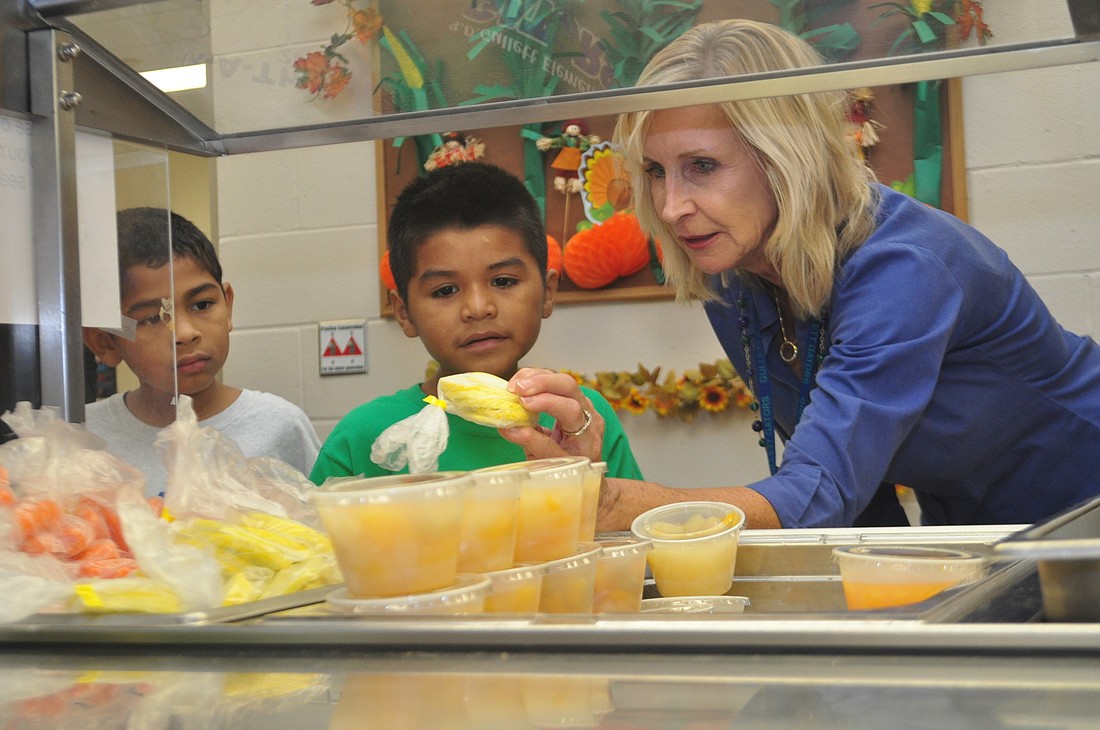- October 23, 2024
-
-
Loading

Loading

After uncertainty in August 2020 over how COVID-19 would affect the school district’s $503 million operating budget, district financial officials say the budget is slowly closing in on balance.
Original projections forecast a $21.8 million deficit at the end of the 2020-21 school year. That’s down to a $12.6 million deficit today.
Under an emergency order, school districts statewide were funded for the first half of the academic year based on projected enrollment, not actual enrollment.
Chief Financial Officer and Assistant Superintendent Mitsi Corcoran said that order helped the district keep afloat after a drop in enrollment.
The projected enrollment for the 2020-21 school year was 44,845 students, but the actual enrollment number was 43,386.
The district receives about $8,000 annually for each enrolled student, which means the district would have seen approximately $11.7 million less without the state accommodation.
Half the funds were awarded in October, with the other half in February. An emergency order issued in late November stated new funds will remain consistent after the district submitted a spring 2021 educational plan that created a contingency plan to transition struggling remote learners into traditional classrooms.
The new order mandated that districts seeing lower enrollment will still see funding based on beginning of the year projections. Districts that have a higher number of enrolled students will receive funding based on actual enrollment.
The costs associated with the funding program will be proportionately spread across all school districts, and the estimated impact for Sarasota is a reduction of $1.5 million in projected state revenue, which has been adjusted in the budget accordingly.
Even with the reduction, Corcoran said the plan has helped the district remain flexible.
As of Dec. 31, the district had about 100 instructional vacancies. Many were leaves of absences due to the pandemic, but there also wasn’t a need for as many teachers with reduced attendance.
The vacancies contributed to an overall savings of about $7.4 million, a trend that is estimated to continue into next school year. Budget officials say there’s a potential to cut 30 staff positions in the 2021-22 school year.
Additionally, district purchases and charter services are expected to come in under budget.
Despite the reduction in several large expenditures, the district did see a $676,000 increase in electricity expenses, largely because of changes in the way air handlers are used to increase air flow in school buildings.
Additionally, the district will start the purchase of new textbooks at an estimated cost of $4 million more than previously allocated.
The general fund will also see a transfer of $1.6 million to be given to the Food and Nutrition Services Fund to help cover the cost of food service changes due to COVID-19.
The district this year kept the same number of staff even though there were fewer students enrolled.
The lower enrollment meant there are fewer meals purchased and therefore less food revenue.
“We don’t want to lay off staff just because they’re not serving as many meals because once those kids come back, and they start serving meals, it’s really hard to ramp the staff back up,” Corcoran said. “Additionally, if we were to have to lay staff off, we’d be paying unemployment and have to reimburse anyway.”
Budget officials expect this trend to continue until schools return to normal procedures, so another fund transfer of $1.6 million is planned in the 2022 fiscal year budget.
Additionally, a new charter school — Dreamers Academy — is expected to open for the 2021-22 year and has been accounted for in the district’s budget.
Looking ahead to next year, district Budget Manager Christa Curtner said the district can expect a loss in revenue due to a projected loss in enrollment.
Curtner said state funding projections for the 2021-22 school year foresee about 2,000 fewer students, and the revenue loss is reflected in the projected budget.
Curtner said the state’s projections mirror the district’s. She said the district expects to have 42,996 full-time equivalent students next year compared to 44,148 this year, which results in a loss of about $9.2 million in state revenue.
The district this year received just more than $5 million in federal coronavirus relief funds that went toward paying staff for an extra week of training before the start of school year in August.
Curtner said the district anticipates four times the amount for the new fiscal year, so officials have budgeted $20 million to help offset the costs of curriculum adaptations, food services costs and COVID-19 expenses.